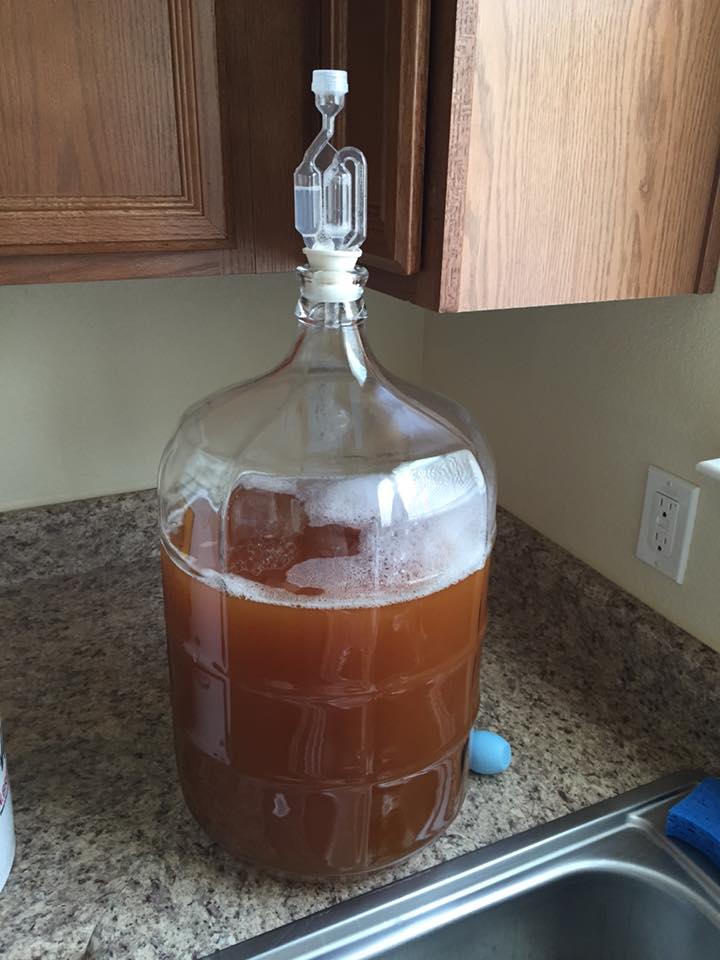Josh_Voyles
Member
- Joined
- Jun 1, 2015
- Messages
- 6
- Reaction score
- 0
Good evening gents!
I'm brand new to brewing and looking forward to learning more here!
In the mean time, I have a question about about my brew.
I picked up a Brewer's Best American Light kit and it's looking a little darker than the "straw" color the box is suggesting.
The beer tasted "decent" I guess though it had a little diacetyl off-flavors.
I followed the directions pretty well I think and was meticulous with my sanitation.
Fermenting temp was approx 73 degrees which is one degree warmer than suggested.
I'm sure it will turn out fine, but it is a little darker than anticipated.
The attached pic is just after transferring to secondary.
Thoughts?

I'm brand new to brewing and looking forward to learning more here!
In the mean time, I have a question about about my brew.
I picked up a Brewer's Best American Light kit and it's looking a little darker than the "straw" color the box is suggesting.
The beer tasted "decent" I guess though it had a little diacetyl off-flavors.
I followed the directions pretty well I think and was meticulous with my sanitation.
Fermenting temp was approx 73 degrees which is one degree warmer than suggested.
I'm sure it will turn out fine, but it is a little darker than anticipated.
The attached pic is just after transferring to secondary.
Thoughts?















































![Craft A Brew - Safale S-04 Dry Yeast - Fermentis - English Ale Dry Yeast - For English and American Ales and Hard Apple Ciders - Ingredients for Home Brewing - Beer Making Supplies - [1 Pack]](https://m.media-amazon.com/images/I/41fVGNh6JfL._SL500_.jpg)











